In episode #166 of the PricePlow Podcast, Mike and Ben welcome Ed Dosz, VP of Science Innovation at NutriScience Innovations, to discuss MalTor, a groundbreaking ingredient that combines taurine and L-malic acid in a patent-pending complex. With his Ph.D. in food science and extensive background at NOW Foods, Ed brings deep scientific expertise to the conversation about this novel recovery-enhancing and mitochondria-supporting ingredient.
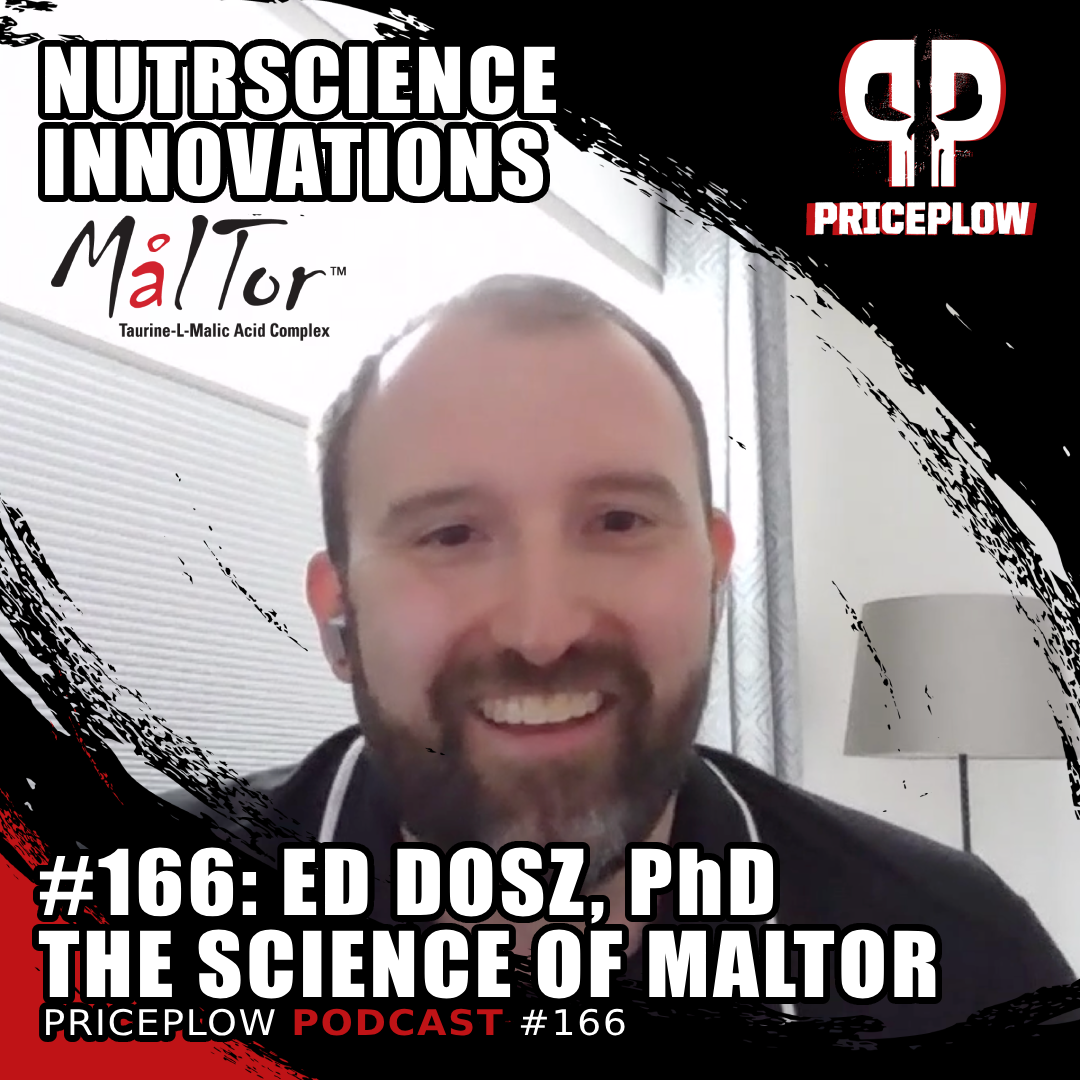
Ed Dosz of NutriScience Innovations dives deep into MalTor, a groundbreaking taurine-malic acid complex for enhanced recovery, mitochondrial support, and healthy aging on Episode #166 of the PricePlow Podcast.
Ed Dosz & NutriScience's MalTor: Revolutionizing Recovery Through Mitochondrial Support
The discussion explores MalTor's development journey from initial concept to clinical validation, highlighting how this uniquely-complexed ingredient improves upon the individual benefits of taurine and L-malic acid. Ed explains the rigorous research process behind MalTor, including preclinical nematode studies and human clinical research conducted by Dr. Jose Antonio showing significant benefits for muscle recovery and pain threshold management after intense exercise.
Beyond recovery applications, the conversation ventures into MalTor's potential for healthy aging, sports nutrition formulations, and synergistic combinations with other ingredients like citrulline. The episode also features an enlightening tangent into Ed's background as the "Broccoli Guy," where he shares fascinating insights about sulforaphane and optimal cooking methods to preserve broccoli's bioactive compounds.
Subscribe to the PricePlow Podcast for more conversations with industry insiders on breakthrough ingredients and the science behind effective supplementation!
Subscribe to the PricePlow Podcast on Your Favorite Service (RSS)
https://blog.priceplow.com/podcast/nutriscience-maltor-ed-dosz-166
Video: Ed Dosz Explains NutriScience's MalTor - Taurine & Malic Acid Complexed
Podcast: Play in new window | Download (Duration: 1:04:22 — 63.4MB)
Detailed Show Notes: The Science Behind MalTor with Ed Dosz
-
0:00 - Introduction and Ed's Scientific Background
Mike welcomes Ed Dosz, VP of Science Innovation at NutriScience Innovations, recalling their first meeting at an NPA event in Washington, DC a couple of years prior. Ed introduces himself with impressive credentials - a PhD in food science with a heavy focus on human nutrition from the University of Illinois. He shares that he began researching nutraceuticals before he even knew what the term meant, focusing on bioactives in broccoli - specifically sulforaphane from glucoraphanin (something we get into at the end of the podcast).
While completing his education, Ed developed a passion for sports nutrition that eventually outweighed his initial work in the food industry at Tyson Foods. This led him to NOW Foods, a well-respected name in the supplement industry, where he spent nine years working in research and development before transitioning to their science team. At NOW Foods, Ed gained invaluable experience in formulation, manufacturing, and understanding the scientific and regulatory aspects of dietary ingredients.
Ed explains that his move to NutriScience was motivated by a desire to get involved earlier in the ingredient development process, where he could help influence the clinical research being conducted on products based on his understanding of what brands need to see from an evidence perspective.
-
4:15 - NutriScience Innovations: Company Overview and Philosophy
The conversation shifts to NutriScience Innovations, which has been around for approximately 20 years. Ed describes how the company has evolved from its origins in commodity ingredients to focus on "clinically validated branded or specialty ingredients" with gold-standard documentation, regulatory expertise, and scientific backing.
Mike asks Ed to explain what a CRO (Contract Research Organization) is for listeners unfamiliar with the term. Ed clarifies that CROs are independent contractors for research who handle many of the technical aspects of conducting clinical studies - from protocol design to recruitment, execution, and ensuring proper approvals like IRB (Institutional Review Board) clearance.
When Ben asks about Ed's involvement in study design, Ed emphasizes that both he and NutriScience's Chief Science Officer, Michael Lelah, are heavily involved throughout the entire research process - from conceptual design through data collection and statistical analysis. He stresses their commitment to having research published and peer-reviewed, explaining that peer review ensures protocols, findings, and conclusions receive proper scrutiny from scientific experts.
-
11:45 - The Development of MalTor: From Concept to Finished Ingredient
Ed describes how MalTor originated from the groundbreaking 2023 study that showed taurine supplementation increased lifespan by 10-12% in rodent models.[1] This research, which received unusual mainstream attention, sparked NutriScience's interest in developing a taurine-based product that offered synergistic benefits beyond what taurine alone could provide.
MalTor™ combines taurine and L-malic acid to boost recovery, reduce muscle soreness, and enhance mitochondrial function. Research shows this 2:1 complex significantly improves pain threshold after intense workouts!
After extensive discussion, they identified L-malic acid as the ideal complement to taurine. Ed explains that L-malic acid (the natural form found in fruits) is a critical intermediate in the Krebs cycle (also called TCA cycle), essential for cellular respiration and ATP production. This made it a perfect partner for taurine, as both ingredients support mitochondrial metabolism but through different mechanisms.
Rather than simply dry-blending the ingredients, NutriScience developed a proprietary method to complex taurine and malic acid together in a precise 2:1 ratio. This complexation improved multiple physical properties -- enhancing solubility, improving flowability, and significantly reducing the hygroscopic nature of malic acid (its tendency to absorb moisture and clump). Ed notes that this makes MalTor particularly well-suited for powdered supplements and beverages.
When Mike asks whether malic acid is essential or if the body can create it, Ed confirms that while the body can produce malic acid, it can become rate-limiting in certain situations, making supplementation beneficial for optimal cellular function.
-
19:00 - The Scientific Rationale Behind MalTor
The conversation dives deeper into the scientific rationale for MalTor, with Ed explaining taurine's status as a conditionally essential amino acid. He clarifies that while the body can produce taurine from cysteine, there are circumstances when endogenous production becomes insufficient:
Graph showing significant improvement in pain threshold when comparing MalTor™ treatment versus placebo. With a p-value of 0.0536, subjects taking MalTor™ showed positive pain threshold changes while placebo users experienced decreased tolerance, supporting MalTor's ability to help athletes train through discomfort.[2]
- During illness or immune compromise
- Under significant stress
- During intensive exercise
- With certain dietary patterns (especially vegan diets)
Ed notes that taurine is abundant in animal products but may be lacking in plant-based diets. He explains that changing dietary patterns and economic factors have made meat consumption less frequent for many people, potentially creating greater need for taurine supplementation.
The discussion briefly touches on the interaction between taurine and caffeine. Ben mentions that some people claim taurine reduces caffeine's effectiveness because of its relaxing properties. Ed counters this misconception, suggesting that taurine may actually be reducing the negative side effects of caffeine (jitteriness, heart palpitations) rather than diminishing its benefits. He references research showing that caffeine and taurine together offer potent benefits for exercise performance.[3]
-
24:30 - Research Methods: From Nematodes to Human Studies
Ed details the research process behind MalTor, beginning with three preclinical studies using C. elegans nematodes -- a valuable model organism because they essentially function as "muscles with digestive systems" and have short lifespans that allow for complete lifespan studies.
Preclinical research showing MalTor™'s remarkable effects on C. elegans lifespan. The microfluidic chip methodology (left) enabled precise measurement of survival rates, while the box plot (right) demonstrates MalTor™ significantly outperformed both control and established ingredients including creatine, malic acid, and taurine individually. This data supports the synergistic benefits of the taurine-malic acid complex over its individual components.
These studies examined three key parameters:
- Survival rate: MalTor significantly outperformed both individual components alone
- Activity level: Nematodes given MalTor showed increased movement and activity
- Muscle fiber integrity: MalTor improved muscle fiber integrity at both the full clinical dose equivalent (5g) and half dose (2.5g)
Ed emphasizes that while animal studies provide important mechanistic insights, they're only stepping stones to human clinical research. He explains that this preclinical data justified the more expensive and complex human studies that followed.
-
33:40 - Human Clinical Research on MalTor
The discussion transitions to the human clinical trial on MalTor, conducted with Dr. Jose Antonio at Nova Southeastern University.[2] Ed describes the study design as a high-quality, double-blind, placebo-controlled crossover trial with 15 healthy college-aged participants - a challenging demographic to show effects in due to their youth and generally good health.
Bar chart comparing 1-RM (one-repetition maximum) changes after DOMS-inducing exercise. MalTor™ users maintained more strength (shown by less negative values) compared to placebo, suggesting the taurine-malic acid complex helps preserve muscle function during recovery periods.[2]
The protocol focused on delayed onset muscle soreness (DOMS), with participants performing 70 bicep extensions followed by measurements of:[2]
- Pain threshold (using a pressure algometer)
- One-rep max strength recovery
- Various biomarkers of inflammation and muscle damage
Ed highlights that after just 14 days of supplementation with 5g of MalTor daily, participants showed significantly improved pain threshold compared to placebo.[2] He emphasizes the importance of this rapid onset of benefits, noting that "our target audience doesn't really like to take things that they don't know are working" and that seeing improvements within two weeks makes MalTor quite valuable.
While strength preservation didn't reach statistical significance, Ed notes there was a clear trend toward better maintenance of strength following the DOMS protocol in the MalTor group.
-
38:00 - Recovery Applications and Mechanisms
Ben and Ed discuss the practical implications of MalTor's effects on recovery. Ben notes that mainstream consumers might not immediately grasp the significance of reduced DOMS, but points out that the ability to get back to training with less pain enables greater training frequency and intensity... which is where real adaptations occur.
Ed agrees wholeheartedly, explaining that MalTor works through multiple mechanisms to support recovery:
- Malic acid helps counteract lactic acid buildup
- Taurine supports calcium regulation in muscle tissue
- Both ingredients support mitochondrial function
Mike asks about the recommended dosing protocol. Ed confirms that the full clinical dose is 5g daily, but notes that even their preclinical research showed benefits at 2.5g for ongoing maintenance. He explains that MalTor doesn't necessarily need to be taken pre-workout and could be equally effective as a recovery product, potentially combined with other recovery-focused ingredients like HMB.
-
42:00 - Formulation Applications and Synergies
The conversation shifts to practical applications in supplement formulations. Ed suggests several potential uses for MalTor:
- As a component in pre-workout formulas
- In dedicated recovery products
- Combined with electrolytes for enhanced hydration support
- Paired with creatine for complementary benefits
Mike notes that NutriScience also offers glycerophosphate-bound minerals like magnesium glycerophosphate, which Ed confirms is part of their "NutriGP" line. He explains the advantages of these mineral forms, especially with respect taste, solubility, and reduced gastrointestinal side effects compared to traditional magnesium forms. Ed notes that many athletes avoid magnesium supplementation despite its importance because of digestive discomfort, making their glycerophosphate forms especially useful.
Mike brings up an interesting point about L-citrulline versus citrulline malate, noting that while L-citrulline has become more common in pre-workouts, the research literature actually contains more studies on citrulline malate. He suggests that combining L-citrulline with MalTor could effectively recreate the benefits of citrulline malate while adding taurine's advantages. Ed agrees this is an excellent application idea that would work well in flavored products while providing additional benefits.
-
44:15 - Additional Product Formats and Applications
Ed discusses additional product formats where MalTor could be effectively used:
- Ready-to-drink beverages (both taurine and malic acid are heat stable)
- Capsules (though the 5g dose would require multiple capsules)
- Gummies (as formulation technology has improved to reduce sugar content)
His personal preference for sports supplements is ready-to-mix powders due to their convenience for travel. In a humorous aside, Ed admits to doing pushups and dips in hotel rooms when better exercise options aren't available.
-
48:45 - Healthy Aging Applications for MalTor
When Mike asks about potential longevity applications, Ed reveals that healthy aging is a key future direction for MalTor. He explains they're looking beyond college athletes to target "weekend warriors" and those wanting to maintain activity levels as they age.
Comparative analysis of muscle fiber maintenance in C. elegans, showing MalTor™ significantly outperforms control groups and performs better than creatine in maintaining structural integrity. The left images contrast intact versus broken muscle fibers, while the box plot demonstrates that even the half-dose (2.5g) of MalTor™ provides similar protection to a full 5g dose of creatine—supporting the effectiveness of MalTor™'s maintenance dosing protocol.
Ed details several mechanisms through which MalTor could support healthy aging:
- Protecting mitochondria and preventing mitochondrial dysfunction
- Reducing inflammatory markers in older populations
- Supporting heart health (noting taurine's importance for cardiac tissue)
- Maintaining calcium homeostasis across tissues
- Scavenging reactive oxygen species
He mentions that NutriScience is in the planning stages for clinical research focused specifically on healthy aging outcomes with MalTor.
-
53:00 - Additional Ingredient Combinations for Healthy Aging
Ed suggests additional ingredients that might pair well with MalTor in healthy aging formulations, including cardiovascular and bone health:
- Vitamin K2 - He explains that while many people take vitamin D3 for bone health, without K2, calcium might not be directed to bones and could instead accumulate in arteries. He mentions NutriScience's K2 Quest product, an all-trans K2 MK7 ingredient.
- Magnesium - Ed notes magnesium's importance as a complement to calcium and vitamin D for bone health.
-
55:00 - The "Broccoli Guy": Ed's Research on Sulforaphane
In a fascinating tangent, Mike circles back to Ed's early research on sulforaphane in broccoli. Ed lights up at the topic, revealing that his graduate advisor was known as "the broccoli lady" -- one of the world's leading researchers on broccoli compounds. Ed explains that his research focused on maximizing the bioactive compounds in broccoli, particularly sulforaphane formed from glucoraphanin.
With evident expertise, Ed shares the optimal way to cook broccoli to preserve these beneficial compounds:
- Steam broccoli for 3-5 minutes (not microwave)
- Avoid overcooking (e.g. 15+ minutes)
- Consider stir-frying as another good option
He explains the complex biochemistry behind these recommendations: broccoli contains both glucosinolates (the precursors) and myrosinase (the enzyme that converts them to active compounds like sulforaphane). However, it also contains an epithiospecifier protein that can push the reaction toward inactive compounds. The goal in cooking is to degrade this protein while preserving the myrosinase enzyme - and a 3-5 minute steam achieves exactly this balance.
When Ben jokes that other "vegetable people" might come after him, Ed happily accepts the challenge, noting that cabbage, wasabi, and radishes are all in the same family of cruciferous vegetables with similar beneficial compounds.
-
1:04:00 - Closing Thoughts and Contact Information
As the podcast wraps up, Ed mentions that NutriScience has an active LinkedIn page where listeners can follow their developments. He expresses his enthusiasm for attending industry conferences and welcomes scientific conversations with anyone interested in their ingredients.
Mike and Ben thank Ed for his time and insights, greatly appreciating his deep scientific knowledge combined with practical formulation experience.
Where to Find Ed Dosz and Learn More About MalTor
- NutriScience Innovations: NutriScienceUSA.com (track news on PricePlow.com/nutriscience
- NutriScience on LinkedIn: LinkedIn.com/company/nutriscience-innovations-llc/
- Ed Dosz on LinkedIn: LinkedIn.com/in/edward-dosz/
- MalTor Breakdown Article: blog.priceplow.com/supplement-ingredients/maltor
Thank you to Ed for joining us to discuss the science behind MalTor and sharing your expertise on taurine, malic acid, and even broccoli preparation! Stay tuned for more episodes of the PricePlow Podcast featuring innovative ingredients and the science behind effective supplementation.



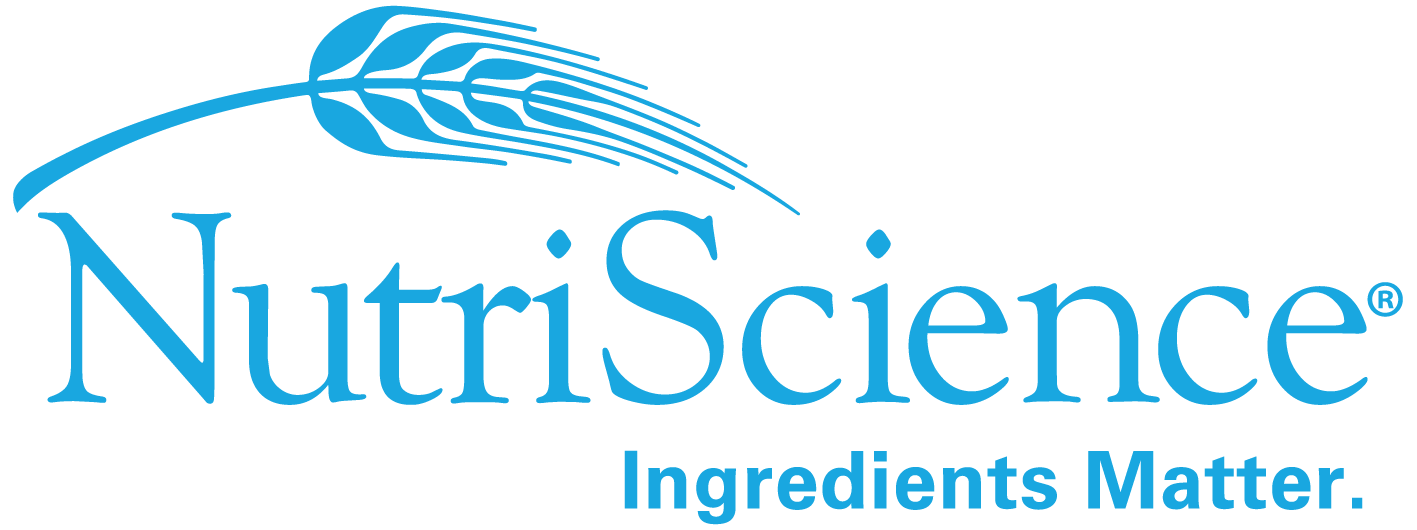
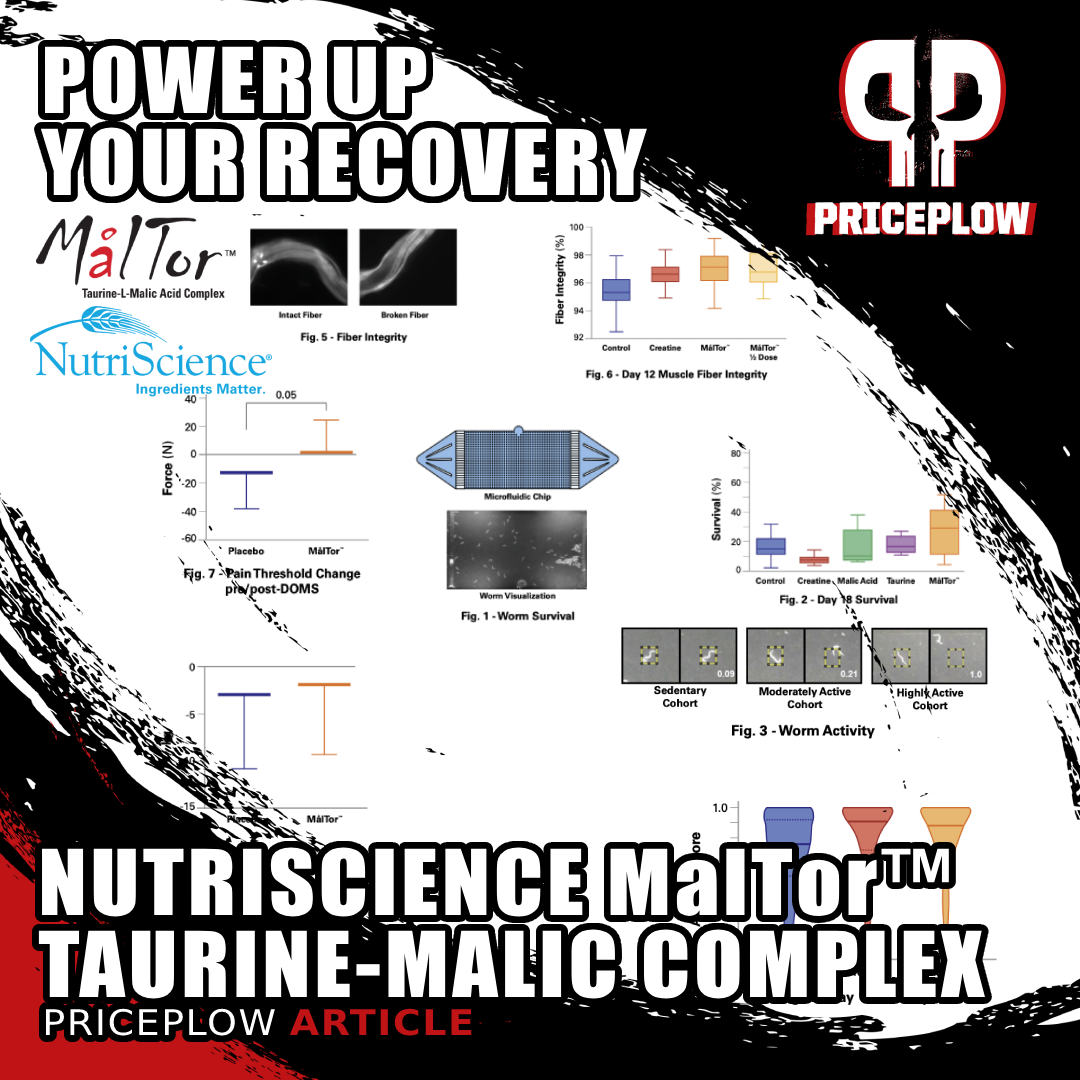
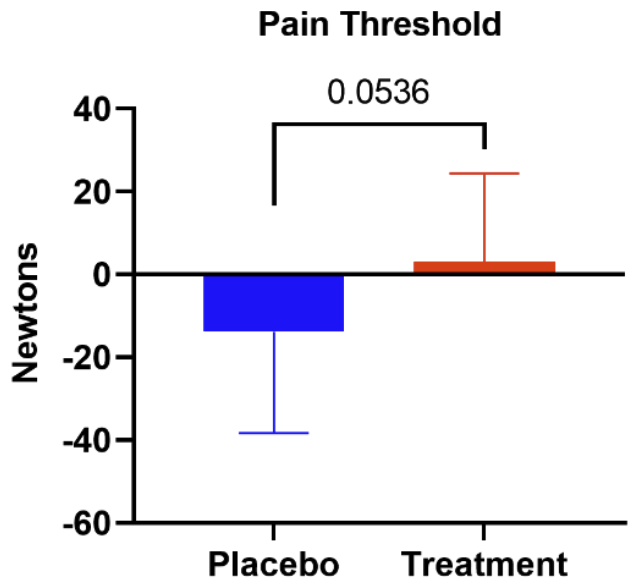
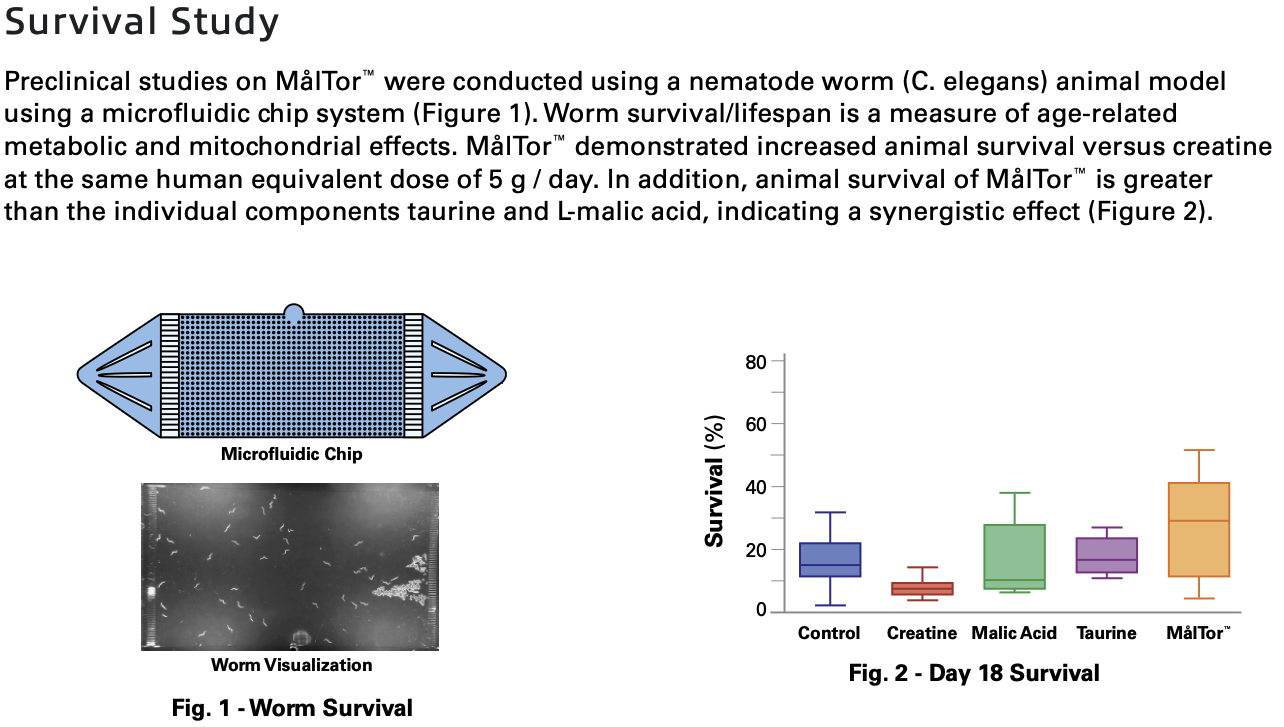
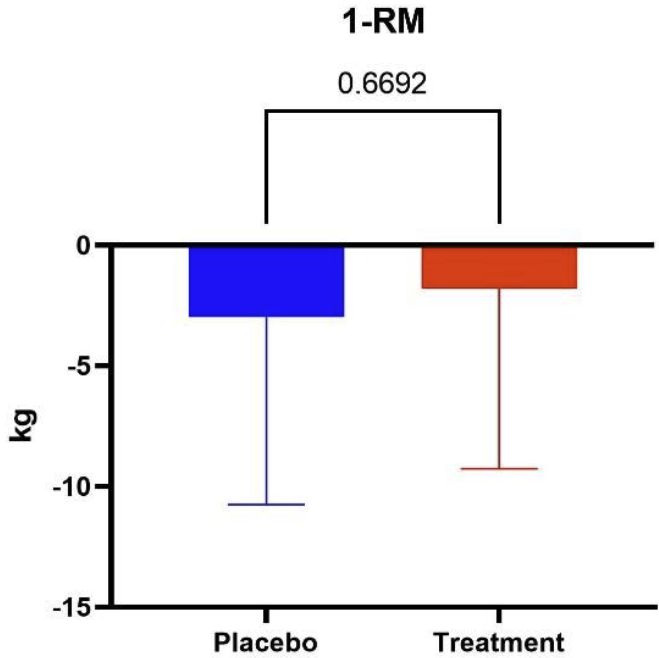

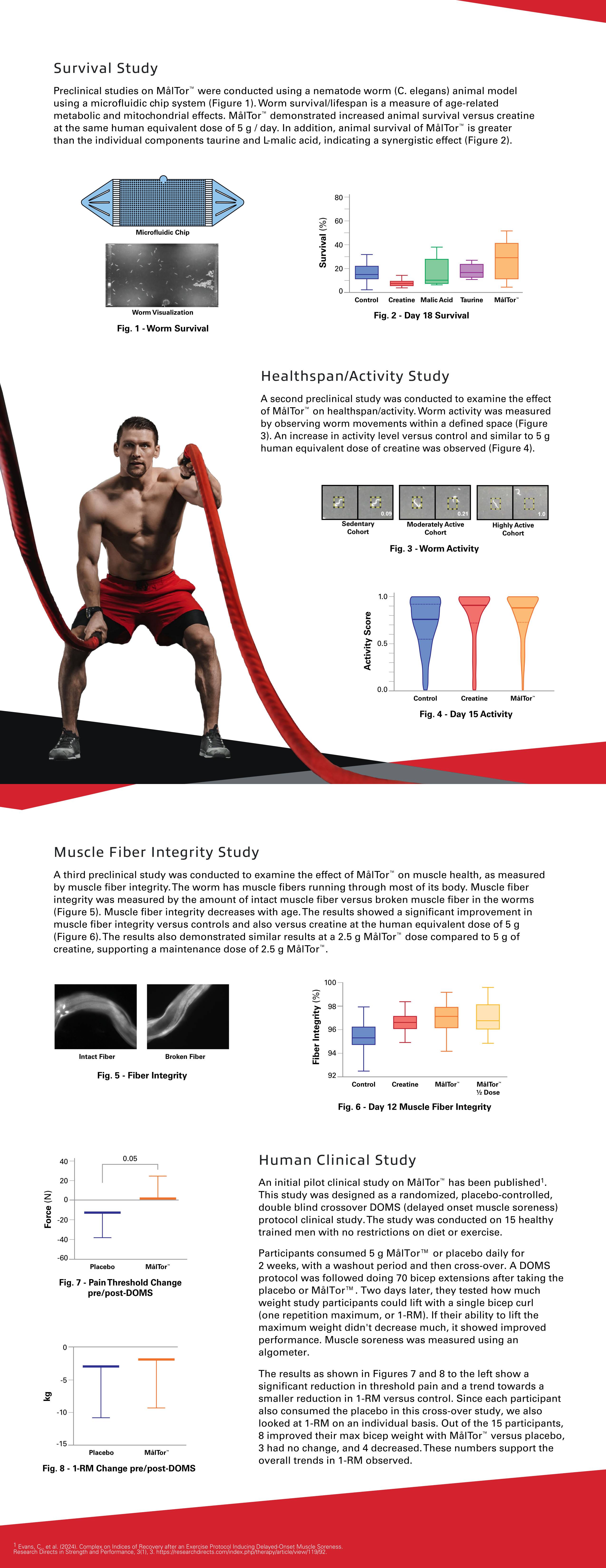
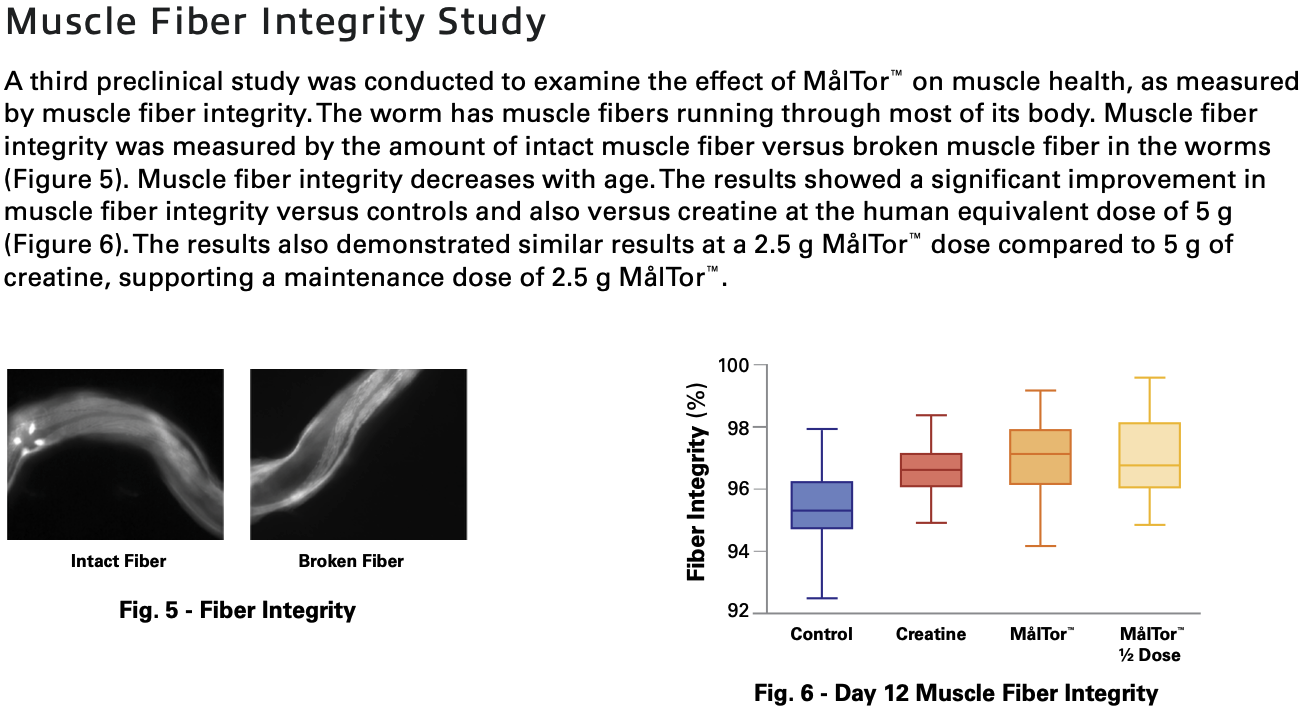
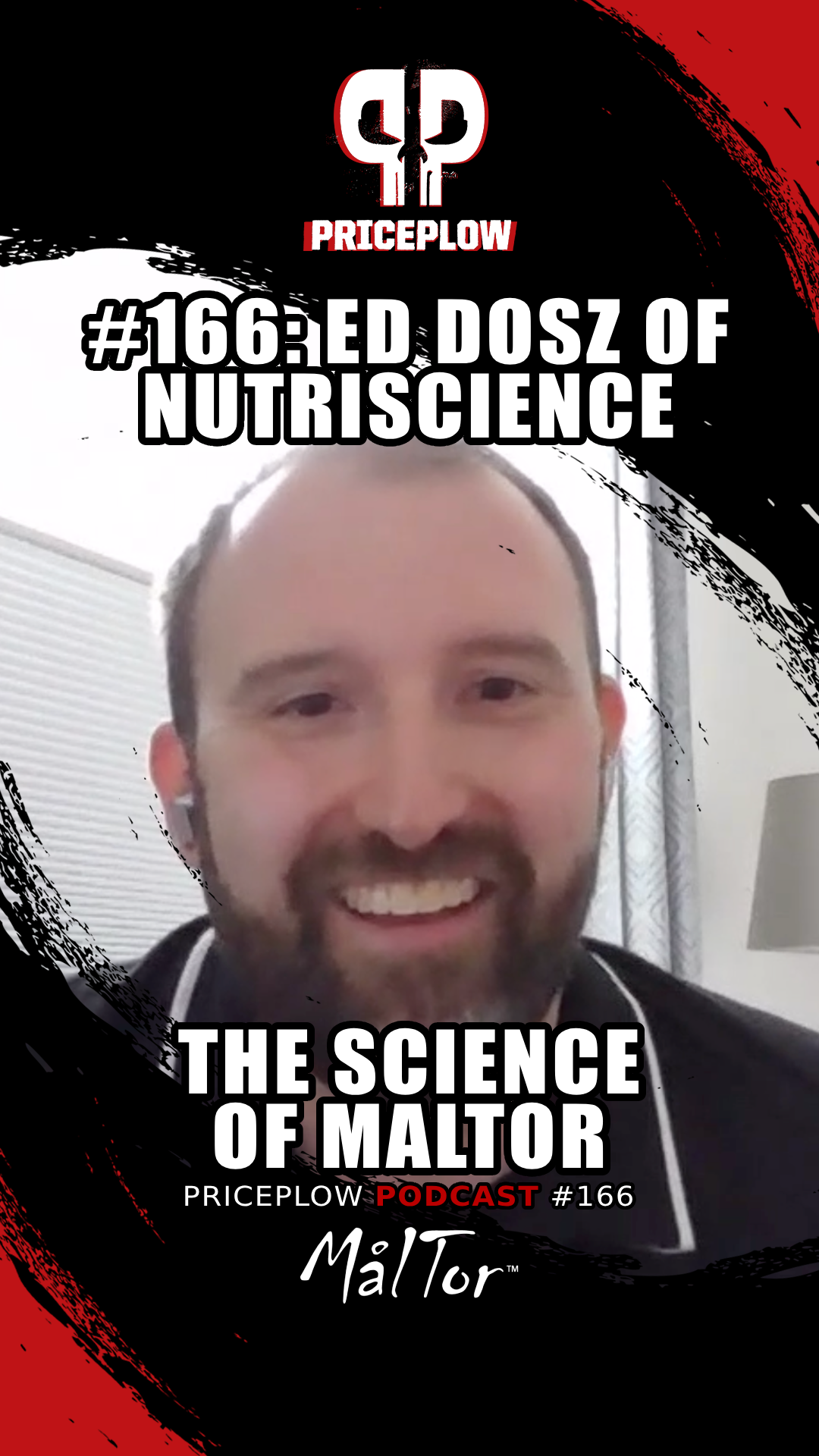



Comments and Discussion (Powered by the PricePlow Forum)